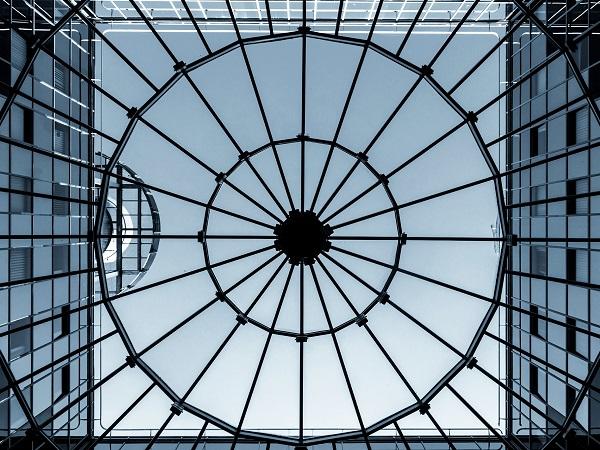
Date: 28 June 2022
Flat glass used in windscreens, side windows, backlights, panoramic sunroof and mirrors is an essential part of a vehicle. It is meant to guarantee unaltered visibility to drivers and safety to vehicle occupants in case of accident while being an essential part of a vehicle design and a substrate for the integration of sensors, cameras and lidar, enabling assisted and automated driving.
As pointed out by the European Commission, at the end of vehicles’ life, automotive glass pieces are rarely removed from vehicles before the latter are shredded. Consequently, most automotive glass is not entering a recycling route. When automotive glass pieces are removed, they require additional sorting and cleaning before they can be recycled as secondary raw material in glass melting furnaces. This reality impairs the effective recycling of automotive glass products. Jointly with the industry’s high-quality requirements, it renders the flat glass industry’s aspiration for closed loop recycling, i.e. flat glass waste going to flat glass manufacturing, even more challenging today.
Glass recycling can offer many environmental and economic benefits, provided a proper framework enables the collection and sorting of high-quality materials. The European flat glass industry is eager to collect and use more flat glass waste, aka ‘cullet’, in its manufacturing process to decrease the use of virgin raw materials and reduce CO2 emissions[1]. Glass for Europe members look for ways to continuously increase their use of cullet[2]. End-of-life automotive glass pieces could be a new source of cullet if collection, sorting and quality can be improved.
In this context of the upcoming revision of the End-of-life Vehicles Directive, Glass for Europe would like to provide background information to policy-makers and offer some reflections on the topic.
Flat glass in vehicles
Glass accounts for approximately 3% of a vehicle by mass[3]. Different types of flat glass are used in the production of vehicles.
Windshields are usually made of laminated safety glass, which consists of two or more curved sheets of glass sealed together with a plastic interlayer (polyvinyl butyral, PVB) inserted between them, which keeps the windshield intact in the event of a collision. Laminated safety glass is more complex to get recycle-ready, since the plastic sheet needs to be removed prior to recycling.
Side and rear windows are generally made of tempered glass, which is stronger than ordinary glass. Tempered glass provides enhanced safety as it fractures into small, relatively harmless pieces when it breaks. This type of glass is ‘purer’ as there is no plastic laminate to remove, however its collection is more difficult as it can shatter in small fragments during its dismantling from the car.
In modern vehicles, glazing is bonded to the body of the vehicle for safety reasons. In practice, it is generally glued, which makes it harder to remove.
Design of vehicles
The conception of vehicles lies in the hands of vehicle manufacturers (Original Equipment Manufacturers, OEMs). Flat glass manufacturers deliver products according to their clients’ requests and specifications with no room for deviation or adjustment.
Automotive glazing parts increasingly integrate other materials than glass to fulfil extra functions. Glass pieces may include plastic interlayers for laminated safety and acoustics, ceramic inks for design, silver printing electrical connectors and sensors, encapsulation materials, fixing clips, etc., according to the vehicle manufacturer’s demands. In electric or hybrid cars, glass sunroofs can also integrate solar PV modules. This complexity of automotive glass pieces requested by OEMs implies that, once the automotive glass piece is dismantled from the vehicle, a thorough sorting of materials is necessary.
Increasing automotive glass recycling therefore requires that OEMs improve the design of vehicles to make automobile glass ‘dismantle-ready’ and that they adopt a ‘designed for recycling’ approach at the vehicle conception stage, well before the procurement of glass pieces.
Recovery and recycling of flat glass
The removal of the glass pieces from the vehicle is the first essential step. It requires preserving vehicle’s integrity. A paper by the German Association for Secondary Raw Materials and Waste Management (bvse)[4] has shown that half of the end-of-life vehicles reach dismantlers without windows or with destroyed windows, making for a very low recycling potential. When removal is undertaken, it requires several minutes of manual work because fixed glazing is bonded to the vehicle body.
Once removed from the vehicle, glass needs to be sorted by type, i.e. laminated, tempered, silver printed rear windows, etc. This separation must be with an adequate size, purity and colour sorting system, to avoid contamination. The average time for this operation is of the order of 30-40 minutes per vehicle and involves a cost of approximately €1,000 per tonne[5]. The decision regarding the treatment of end-of-life vehicles lies in the hands of dismantlers (Authorised Treatment Facilities, ATFs) which balance time, costs and benefits. Currently, most of the glass in end-of-life vehicles is not recovered[6].
Finally, collected glass pieces require treatment to ensure the removal of all potential contaminants, such as plastic interlayers from laminated glass. Automotive glass products necessitate the highest quality and purity to ensure unaltered visibility and safety. Contaminants in raw materials and cullet generate production defects but can also jeopardise the glazing structure and make serious damage to the industrial equipment[7]. For these reasons, the flat glass industry has the most stringent quality specifications for sourcing cullet.
Because quality specifications for recycled glass are not as strict in other glass sectors as in the flat glass sector, for instance in container glass or glass fibre, for which visibility and transparency are not essential selling points, some flat glass cullet of automotive origin may be used by these glass sectors at a lower quality level and cost than what could be possible in flat glass manufacturing.
Policy recommendations for the ELV Directive revision
1. Definition of recycling
The 2021 European Commission’s evaluation of the End-of-life Vehicles (ELV) Directive suggests an alignment of the definition of ‘recycling’ with the Waste Framework Directive.
In principle, Glass for Europe is in favour of such an alignment, insofar it would allow for glass to be segregated for recycling, in support of the circular economy objectives. In that sense, backfilling should not be excluded from the definition.
To make this description more precise, Glass for Europe supports the proposal formulated in the Joint Research Centre’s report on the quality of recycling[8]. This proposal states that the definition of the quality of recycling should be based on the preservation or recovery of the distinct characteristics of the material with the view of maximising their potential to be re-used.
- Article 3, Waste Framework Directive and Article 2, End-of-Life Vehicles Directive: Glass for Europe supports an alignment of the ‘recycling’ definition with the Waste Framework Directive, insofar a precision regarding the quality of recycling is included, adding the criterion of preservation or recovery of the distinct characteristics of the material with the view of maximising their potential to be re-used.
2. Recycled content target for glass
Glass for Europe is supportive of a regulatory framework conducive to glass recycling. Given the difficulty to access high quality and high purity flat glass cullet, in particular that originating from automotive glass pieces, Glass for Europe opposes a recycled content target specific to glass.
A recycled content target would not help solve the issue of availability and quality of automotive glass cullet. The latter can only be improved if OEMs work on the design of vehicles to make automobile glass ‘dismantle-ready’ and if they adopt a ‘designed for recycling’ approach at the vehicle conception stage, well before the procurement of glass pieces. In the end, a recycling content target would not support effective dismantling and sorting of automotive glazing but only exacerbate competition between glass manufacturers to source an already scarce resource.
- Article 2, End-of-Life Vehicles Directive: The definition of ‘recycling’ should maintain the inclusion of the reprocessing of the waste materials for other purposes.
3. Material-specific recycling target for glass
Glass for Europe advocates for a policy framework that supports its members’ initiatives to increase the availability and quality of flat glass cullet ready for recycling. For this purpose, dismantling of glass needs to be facilitated. Currently, dismantling represents a hurdle to flat glass recycling, both technically and economically. If dismantling is facilitated and end-of-life vehicle-derived cullet meets rigorous quality requirements, it can be a secondary material for the fibre glass, container glass and flat glass industries. The closed-loop recycling from flat glass into flat glass is desirable but most difficult to attain due to the required quality requirements.
- Article 7 § 2, End-of-Life Vehicles Directive: Should a material-specific recycling target be proposed, it should follow an open-loop model (glass to glass, without sub-sector granularity).
4. Extended Producer Responsibility Scheme
One of the solutions envisaged by policy-makers to foster recycling in end-of-life vehicles is to put in place Extended Producer Responsibility (EPR) schemes with the objective to ensure that producers of products bear financial and/or organisational responsibility for the management of waste. Such schemes have already been put in place in some Member States, however on products or automotive parts which are easier to identify and isolate, e.g. tyres.
In order to enhance materials valorisation and in line with EU’s decarbonisation policy, including with regard to consumer behaviour, should an EPR scheme be put in place, it should contain a fee on the final product, i.e. the vehicle. In any case, the economic and technical feasibility, as well as the expected impact of a potential EPR on end-of-life vehicles would first need to be thoroughly evaluated.
Glass for Europe members are investigating the potential impacts of such an EPR route for the glass components of vehicles. However, given the recycling and treatment needs for post-consumer automotive glass waste, it seems that an open loop model would still have to be favoured, for both economic and environmental reasons.
- New article, End-of-Life Vehicles Directive: An EPR could be envisaged only after an in-depth evaluation of its feasibility and of its expected impact.
5. Hazardous substances
To keep a coherent ensemble of EU policy, restrictions regarding hazardous substances should be dealt with under REACH (Annex 17). Specific exemptions cases should remain under ELV Directive.
To enhance this coherence, Glass for Europe supports a link of the ELV Directive to the SCIP database.
- Articles 4 § 1(a), 6 § 3(b) and 7 § 5, End-of-Life Vehicles Directive: The issue of hazardous substances in end-of-life vehicles should remain under the ELV Directive. All restrictions should be treated under REACH.
* * *
[1] It is estimated that replacing 1.2t raw materials by 1t cullet saves 310kg CO2 at the manufacturing site (process emissions) and 315kg CO2 by the non-production of primary raw materials (source: Glass for Europe, expert simulations).
[2] Over the last decades, the industry’s zero-waste policy and actions made possible an increase in the share of cullet in the batch from 20% to 26% (source: Glass for Europe, 2019, Statistics on cullet use and recycled content).
[3] Evaluation of the End-of-Life Vehicles Directive (SWD(2021) 60 final)
[4] bvse position paper “Analysis of glass dismantling from end-of-life vehicles for recycling”
[5] bvse presentation “Key issues glass dismantling from end-of-life vehicles” (“Knackpunkte Glasausbau aus Altfahrzeugen”)
[6] Deloitte Développement Durable, Véronique MONIER, Radia BENHALLAM, Florent MACCARIO, Rafael BASCIANO. ADEME, Eric LECOINTRE. February 2019
[7] In flat glass production, a single bottle cap mixed with recycled glass can make the production of two days unusable. Source: ift Rosenheim for Undesverband Flachglas, Recycling of flat glass in the building industry, 2019
[8] Grant, A., Cordle, M. and Bridgwater, E., Quality of Recycling – Towards an operational definition, Canfora, P., Dri, M., Antonopoulos, I. and Gaudillat, P. editor(s), Publications Office of the European Union, Luxembourg, 2020
 600450
600450


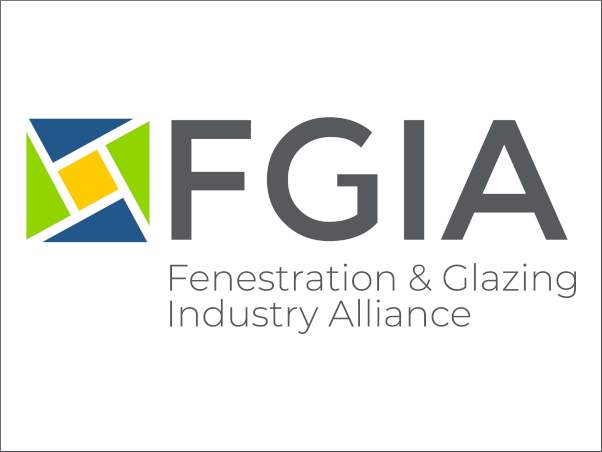


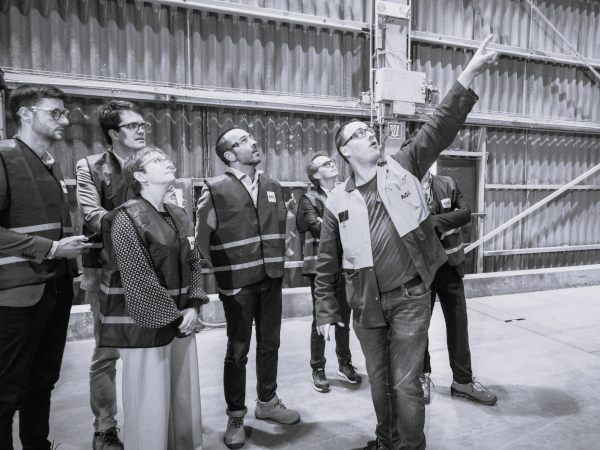












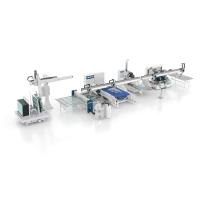



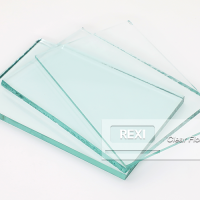
Add new comment